15+ Simple Home Remedies For Fungal Infections With Yogurt, Honey, Garlic, Etc
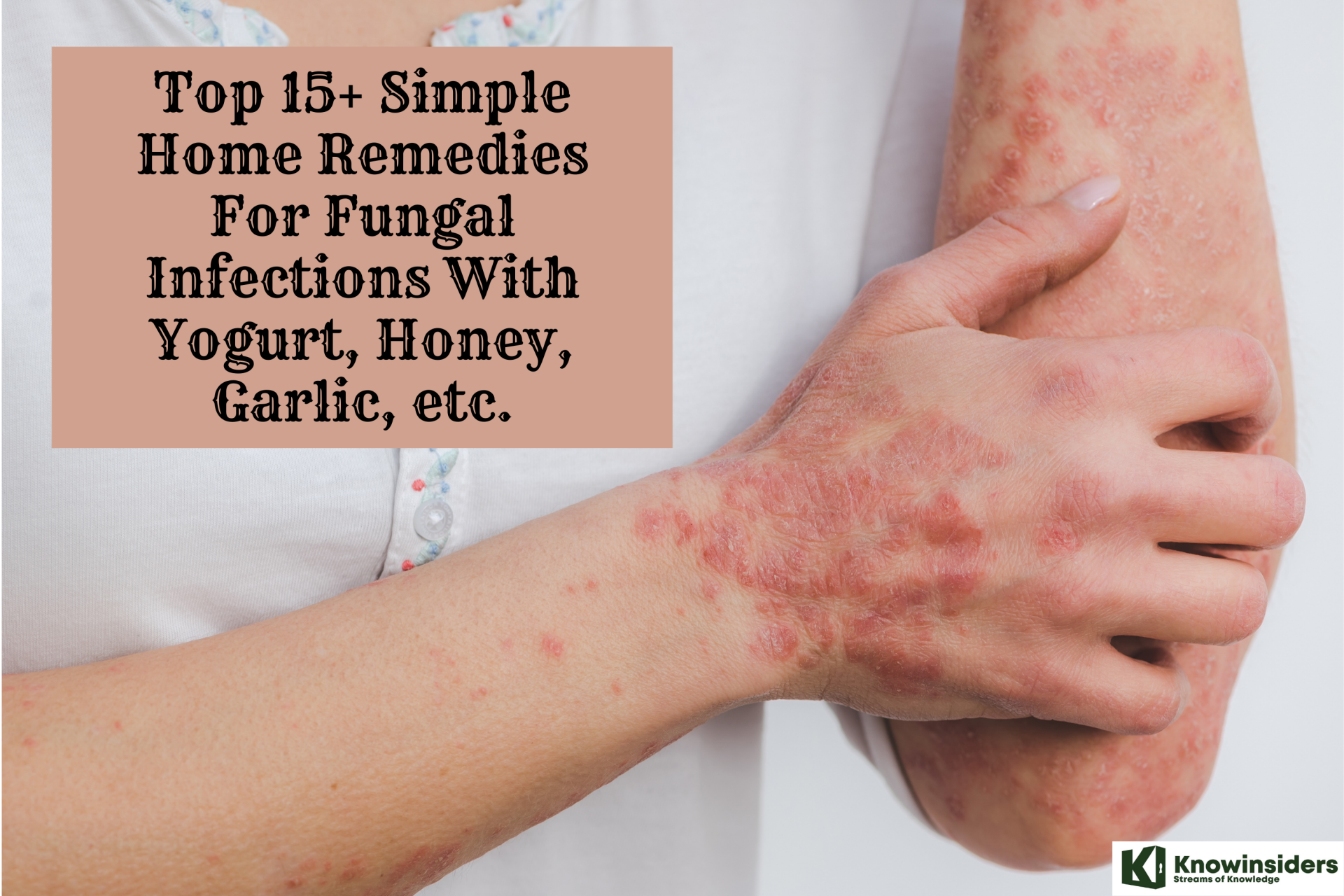 |
| Top 15+ Simple Home Remedies For Fungal Infections With Yogurt, Honey, Garlic, etc. |
A red, itchy, scaly rash can be unsightly and drive you crazy. But most fungal infections aren’t dangerous, and you can usually treat them easily with creams. If you tend to get repeated fungal infections, talk to your healthcare provider about how to prevent rashes from returning.
Fungal infections can be uncomfortable or even painful. In some cases, they can take weeks or months to effectively treat. Most fungal skin infections can be treated with over-the-counter or prescription creams. Severe infections may require additional methods.
Taking preventive action can go a long way towards avoiding fungal skin infections as well.
It is always best to notify a doctor at the first sign of infection to avoid possible serious complications. By working directly with a doctor, most cases of fungal skin infections can be easily treated.
What are fungal infections?
Fungal infections can affect anyone, and they can appear on several parts of the body. A jock with athlete’s foot, a baby with thrush, and a woman with a vaginal yeast infection are just a few examples.
Fungi are microorganisms characterized by a substance in their cell walls called chitin. Some fungi, like many types of mushrooms, are edible. Other types of fungi, like aspergillus, can be extremely dangerous and lead to life-threatening diseases.
Different types of fungi can cause fungal infections. In some cases, fungi that aren’t typically found on or inside your body can colonize it and cause an infection. In other cases, fungi that are normally present on or inside your body can multiply out of control and cause an infection.
Fungal infections can be contagious. They can spread from one person to another. In some cases, you can also catch disease-causing fungi from infected animals or contaminated soil or surfaces.
If you develop signs or symptoms of a fungal infection, make an appointment with your doctor.
Who Gets Fungal Infections?
Anyone can get a fungal infection, even people who are otherwise healthy. Fungi are common in the environment, and people breathe in or come in contact with fungal spores every day without getting sick. However, in people with weakened immune systems, these fungi are more likely to cause an infection.
People with weakened immune systems
Opportunistic infections are infections that happen because a person’s immune system is weakened. These illnesses can be caused by bacteria, viruses, or fungi. Many fungal infections are opportunistic infections.
Fungal infections can also happen in people without weakened immune systems
Fungal infections that are not life-threatening, such as skin, nail, or vaginal yeast infections, are common.
Some infections can be more serious. Lung infections like Valley fever or histoplasmosis can happen in people who live in or visit certain areas.
What weakens an immune system?
Some people are born with a weakened immune system. Others may have an illness that attacks the immune system such as HIV. Some medicines, like corticosteroids or cancer chemotherapy, can also lower the body’s ability to fight infections.
If you have a weakened immune system, you should be aware that fungal infections can happen. Learning about fungal infections can help you and your doctor recognize them early. This may help prevent serious complications.
Click on the topics below to learn more about how fungal infections affect specific groups of people.
Types of Fungal Infections
The medical name for a fungal skin infection is tinea. Types of fungal infections include:
- Athlete’s foot (tinea pedis): The most common type of fungal infection, this condition often spreads when people walk barefoot in public bathrooms or locker rooms. The skin between your toes turns white and starts to peel. Athlete’s foot can also affect the soles (bottoms) of the feet.
- Nail fungus (onychomycosis): This infection is a common foot problem. It usually affects the toenails, which become yellow and thick and break easily.
- Jock itch (tinea cruris): A rash of the groin area, jock itch affects more men than women.
- Scalp ringworm (tinea capitis): This rash occurs mostly in children. It causes hair loss, but with the right treatment, the hair usually grows back.
- Ringworm (tinea corporis): This “catch-all” term is what healthcare providers call a rash that doesn’t fit into any other category. The rash often forms a ring shape.
What Causes Fungal Infections?
When your skin comes into contact with a harmful fungus, the infection can cause the rash to appear. For example, if you borrowed a pair of shoes from someone who had athlete’s foot, the fungus could come in contact with your foot and infect you. Rashes often pass from person to person or from animal to person by direct contact.
Fungal Infection Symptoms
A fungal skin infection might cause:
- Irritation
- Scaly skin
- Redness
- Itching
- Swelling
- Blisters
Athlete’s foot can cause an itching, stinging, or burning sensation between your toes or on other parts of your foot. Your skin might also crack, peel, or blister.
Risk factors
Fungal infections are common in humans and are usually not very serious if they are treated quickly and correctly.
Anyone with a weakened immune system may be more likely to contract a fungal infection, as well as anyone who is taking antibiotics.
Cancer treatment and diabetes may also make a person more prone to fungal infections.
How can fungal infections be prevented?
Good hygiene is also critical for avoiding fungal infections.
Try to:
- keep your skin clean and dry, particularly the folds of your skin
- wash your hands often, especially after touching animals or other people
- avoid using other people’s towels and other personal care products
- wear shoes in locker rooms, community showers, and swimming pools
- wipe gym equipment before and after using it
Home Remedies For Fungal Infections
1. Apple cider vinegar
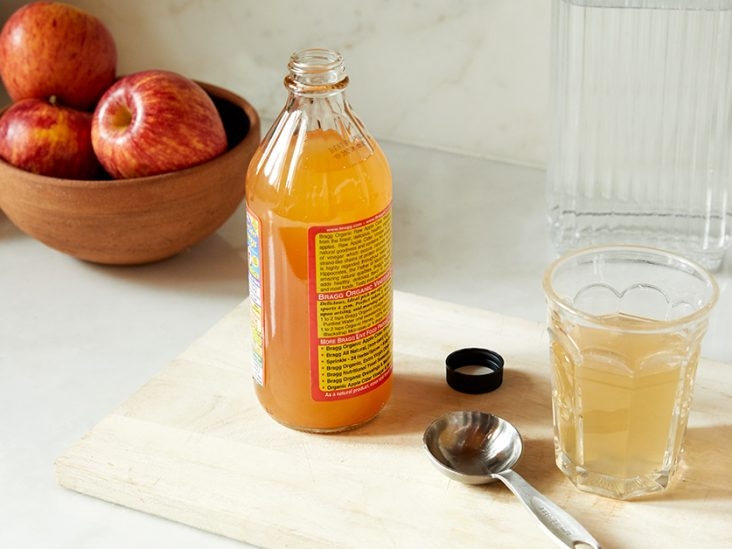 |
| Photo: healthline |
Apple cider vinegar (or ACV for short) is one natural remedy that I shout quite a lot about here at A.Vogel Talks Fungal Skin Infections, and that’s for good reason. It’s antibacterial and antifungal, so it’s ideal for combating a fungal overgrowth, whether it’s internally or externally. It also helps that these benefits are backed up by research.
A recent study found that mildly diluted ACV could help prevent the growth of the candida yeast.1 Since this particular type of yeast is responsible for many fungal infections, this is a really positive feature of ACV.
You can take apple cider vinegar in a variety of ways: some people prefer to swallow a small amount each day; some would rather dilute it with water and apply to the affected area. Just make sure you choose a reliable, high-quality, organic brand, like Braggs, and be aware that, if your symptoms don’t improve within a week, you may need to speak to your doctor.
2. Eat Yoghurt and Probiotics
Yogurt and other probiotics have an ample amount of good bacteria that help stave off many fungal infections. These fight off microbes that cause these infections.
Fermented foods are another excellent source of probiotics. If these are not helping, you could use probiotic supplements that have more concentrated dosages of good bacteria.
3. Water And Soap
Who knew simple soap and water is an effective fungus treatment at home? Yes! Washing hands with soap and water can remove germs. Therefore, it can be effective in yeast infections. It can also be competent in preventing many diseases. In short, wash your hands properly!
The dirt and harmful microbes get attached to the soap’s lipid membrane. It is then washed off by running water.
It would be best if you washed your hands before eating. Then, wash them at appropriate intervals during the day.
4. Honey
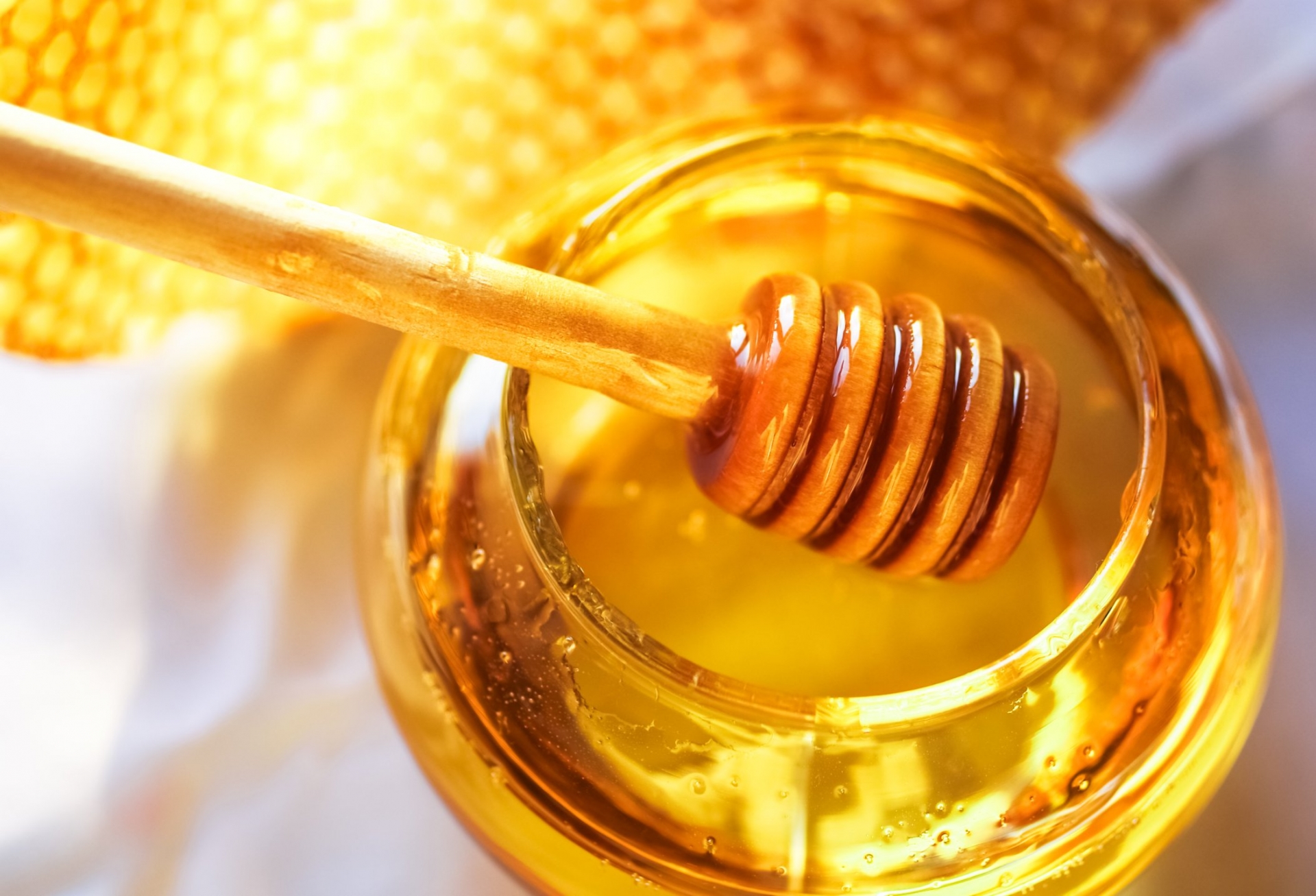 |
| Photo: CNN |
Used as an ingredient in skincare at home, honey is well-known for its healing properties. Since it is an antiseptic, it works wonders as a home remedy for fungal infections. Naturally containing hydrogen peroxide, it can kill bacteria and fungus.
To use honey for any fungal infection, apply a teaspoon of it to the infected area and leave it on for half an hour. You can do this twice a day for faster recovery.
P.S. Wash off the honey properly, else it might sting your skin, and remain sticky.
4. Tea Tree Oil
This anti-fungal and anti-bacterial portion knows how to serve quick results. You can mix this herbal portion with any carrier oil - such as olive oil or coconut oil. Once the mixture is ready, it should be applied topically over the infected area. Tea tree oil stimulates new cell growth and thus, holds promise. Ensure that you carefully apply the mixture only on damaged skin for a careless application can cause the fungus to spread.
Tip: It is integral to mix tea tree oil, with some carrier oil, or else it alone will prove to be too strong to cure the fungal region.
5. Garlic
Garlic is often used to treat the infection. Although there are no studies that examine the effects of garlic on ringworm, it has proven effective for other types of fungi, including Candida, Torulopsis, Trichophyton, and Cryptococcus.
To use garlic as a treatment, make a paste of crushed garlic cloves by blending the garlic with some olive or coconut oil. Apply a thin layer of paste to the affected skin and cover with gauze. Leave in place for up to 2 hours before rinsing. Repeat twice daily until symptoms resolve.
If the garlic paste causes stinging, swelling, or redness, rinse off immediately and do not reapply.
6. Coconut oil
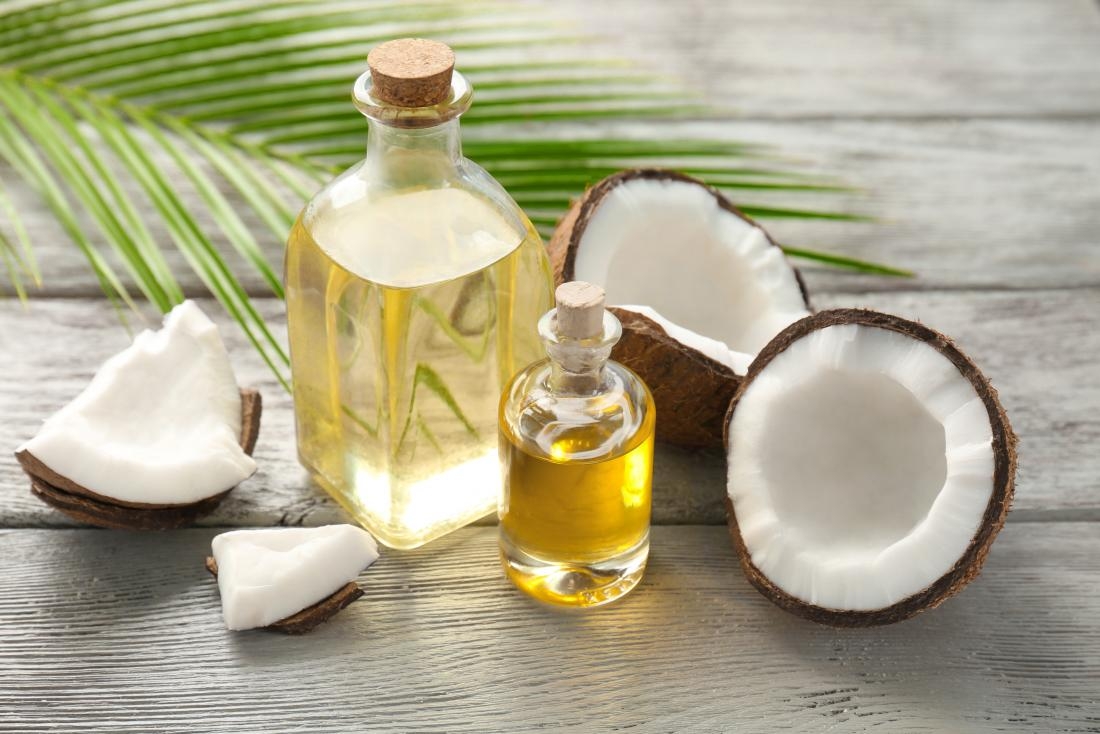 |
| Photo: medicalnewstoday |
A study published in the US National Library of Medicine found that coconut oil helped kill species of yeast.
This popular oil, extracted from the edible part of the fruit, however, works just as effectively as a remedy for fungal skin due to the presence of medium-chain fatty acids. The fatty acids act as fungicides that destroy the infection when you dab it onto the affected skin area. If you're using it to treat a vaginal yeast infection, you can soak a warmed tampon in coconut oil before inserting it.
7. Turmeric
Is there nothing that turmeric can’t do? This vividly colored root has been used in Indian cuisine for centuries but it’s only recently that people have caught on to the spice’s potent anti-inflammatory and antimicrobial properties.
A study looking at the widespread potential of turmeric’s antiviral and antifungal qualities found that curcumin, an active compound found in turmeric, was effective not just against the Candida species, but also against various fungi.
If you are going to try turmeric then, like tea tree oil, make sure you mix it with a carrier oil like coconut oil first. Don’t be surprised if this paste initially gives your skin a yellow stain – this should diminish after washing.
8. Boric acid
Boric acid is a powerful antiseptic that some people claim is useful for treating yeast infections that are resistant to other remedies.
Boric acid vaginal suppositories may be used with medications to treat vaginal infections.
Boric acid is toxic in large amounts. It can lead to kidney damage, acute failure of the circulatory system, or death if you absorb too much. Don’t use boric acid on broken skin, and don’t take it orally.
If you’re pregnant, don’t use boric acid in any form.
If you have sensitive skin, this may not be a good option. Discontinue use if any discomfort begins.
9. Oregano Oil
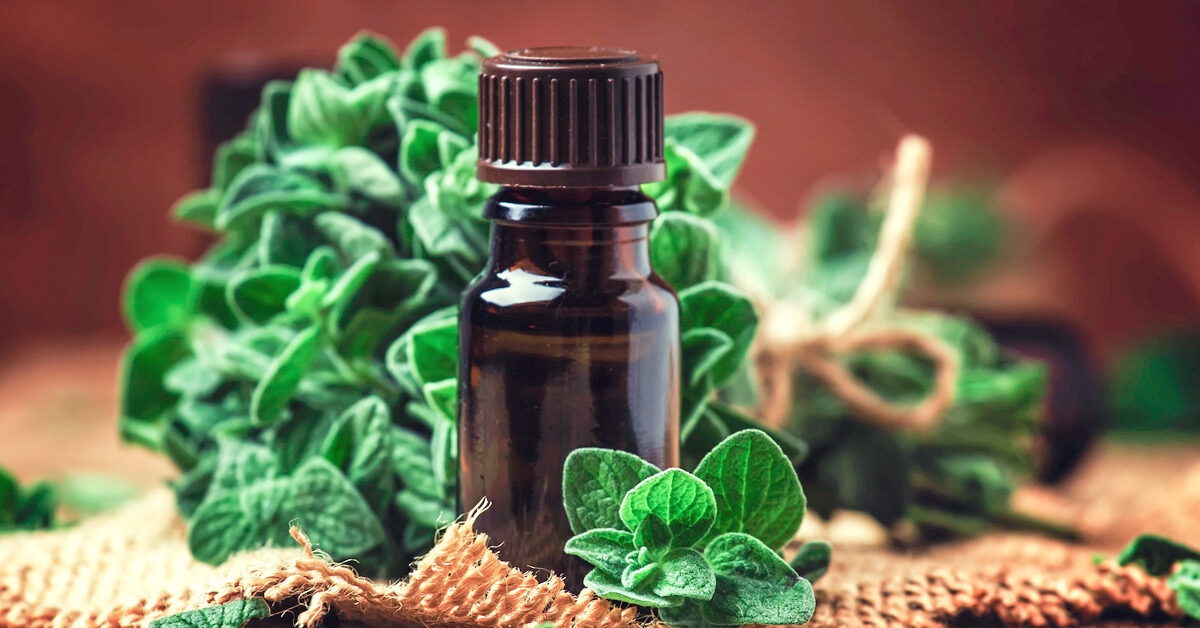 |
| Photo: healthline |
Another active antifungal agent is oregano oil. Mix a few drops with any carrier oil and dab on the affected area. You could also take oregano oil capsules orally.
Follow these remedies regularly to achieve the desired results. Check for allergies to essential oils before using them.
10. Aloe Vera
Soothing aloe vera is one of the home remedies for fungal infections on the skin. It contains antiseptic agents like – sulfur, salicylic acid, phenols (antioxidants), lupeol, and cinnamonic acid. Additionally, aloe vera gel also is soothing to the skin. So, if you have any skin problems, make sure to use this magic gel!
You can apply aloe vera gel directly to the affected area. Moreover, you can use aloe vera gel to your scalp to treat scalp infections.
Applying this gel up to 2-3 times a day is best for fast results.
11. Neem leaves
Since ages, neem leaves have been used to cure infections and skin ailments. In fact, it is one of the best home remedies for fungal infections. Filled with antifungal properties, neem works as a wonderful detoxifier.
To use neem leaves for treating fungal infections, boil them in water for 2-3 minutes. You can make a paste of these boiled leaves and apply it to the affected areas. Another way to use neem leaves is to consume their juice, as that is also very effective.
12. Cranberry juice
 |
| Photo: medicalnewstoday |
Our Women’s Health Advisor Emma often recommends cranberry juice when it comes to supporting your bladder health due to its antibacterial properties. However, studies have found that cranberry juice could possess some antifungal benefits too.
It’s thought that cranberry juice may inhibit the production of yeast and one study in particular certainly seems to support this idea. There, cranberry juice was found to exert a significant antifungal influence on eight different species of dermatophytes (fungus), although it did not impact the Candida albicans strain.
Interesting! If you do want to try cranberry juice, please be aware that often, it is full of added sugars. It might be best to opt for an organic brand like Biotta. Their Wild Mountain Cranberry Juice is completely free from refined sugars and is actually fermented, meaning that it contains plenty of gut-friendly L+ lactic acid. This would be a purely internal remedy so please do not attempt to apply to your skin.
13. Vitamin C
Vitamin C is an immune system booster and also has a role in skin health. A strong immune system allows your body to bring itself back into balance.
Vitamin C, also called ascorbic acid, has antimicrobial components, so some people add it to their diet to treat Candida overgrowths.
Try increasing your intake of vitamin C to boost your body’s ability to beat the yeast infection. Don’t apply the acidic vitamin C to the sensitive vaginal tissue.
14. Vitamin E
Some doctors recommend vitamin E for certain types of vaginitis. In fact, studies have found vitamin E to help reduce inflammation in Candida albicans in the lab.
Keeping your body healthy with an adequate intake of vitamins makes sense when dealing with a yeast infection.
Vitamin E as a suppository in the vagina or vitamin E oil can be used once or twice per day for 3 to 14 days to soothe the mucous membranes of the vagina and vulva.
15. Spilanthes
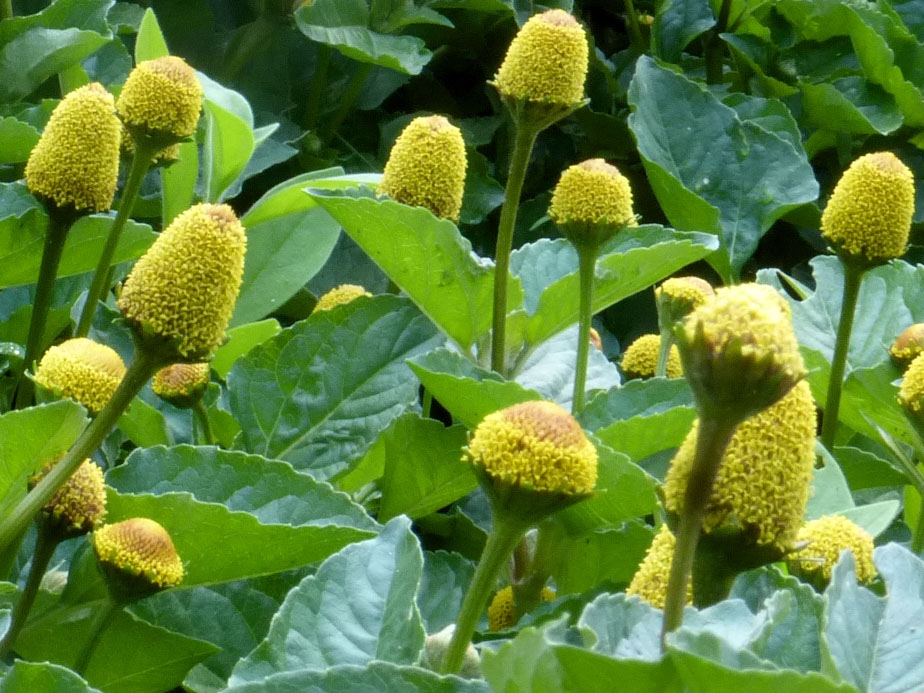 |
| Photo: southernexposure |
Widely used around the world, and called by many names. A spreading, highly ornamental plant with gold and red, cone-shaped flowers often compared in appearance to eyeballs. Edible leaves and flowers cause a strong tingling sensation in the mouth when eaten raw. Use in soups, sauces, sorbets, cocktails, and shredded in salads.
Spilanthes is a herb that’s traditionally used when it comes to oral problems and fungal skin infections. This is because studies have found that the herb possesses potent antimicrobial and antifungal properties which can make it an effective treatment. Here, we do offer a spilanthes tincture that could be useful, although we recommend taking it in tandem with our Molkosan prebiotic.
16. Powdered licorice
A frequently used herb in traditional Chinese medicine, licorice demonstrates antiviral, antimicrobial, and anti-inflammatory properties.
It is also used as a home remedy for ringworm and other fungal infections. For best results, mix 3 tablespoons of powdered licorice root into a cup of water.
Bring this mixture to a boil, then reduce heat and simmer for 10 minutes. Once the liquid has cooled, it should form a paste.
Apply this to the ringworm patch twice a day, allowing it to sit for at least 10 minutes each time before wiping or rinsing off.
Does fungal infection have long-term effects? If yes, what are they?Yes, fungal infections do have long-term effects! If they are not treated with proper care and concern they may cause permanent damage to the nail or skin For instance, if your damaged area is near your toes, improper care may foster it to spread beyond your feet. If you have a poor immune system, it may also cause diabetes or other severe health conditions. |
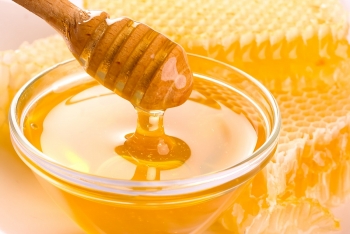 Best Natural Remedies to Ease Sore Throat At Home Best Natural Remedies to Ease Sore Throat At Home There are a number of natural remedies that can can help you to ease sore throat and get back to normal condition. |
 How To Get Rid Of A Sore Throat Quickly: Simpliest Remedies At Home How To Get Rid Of A Sore Throat Quickly: Simpliest Remedies At Home Do you know how to protect youself from a sore throat during these Winter days? Don't ignore some effective ways mentioned below to avoid and ... |
 How to Remove Shirt Stains With Natural Ingredients How to Remove Shirt Stains With Natural Ingredients No one likes to wear whites that are cloudy-colored and stained. Luckily, KnowInsider provides easy remedies that can help brighten whites and remove stains naturally ... |























